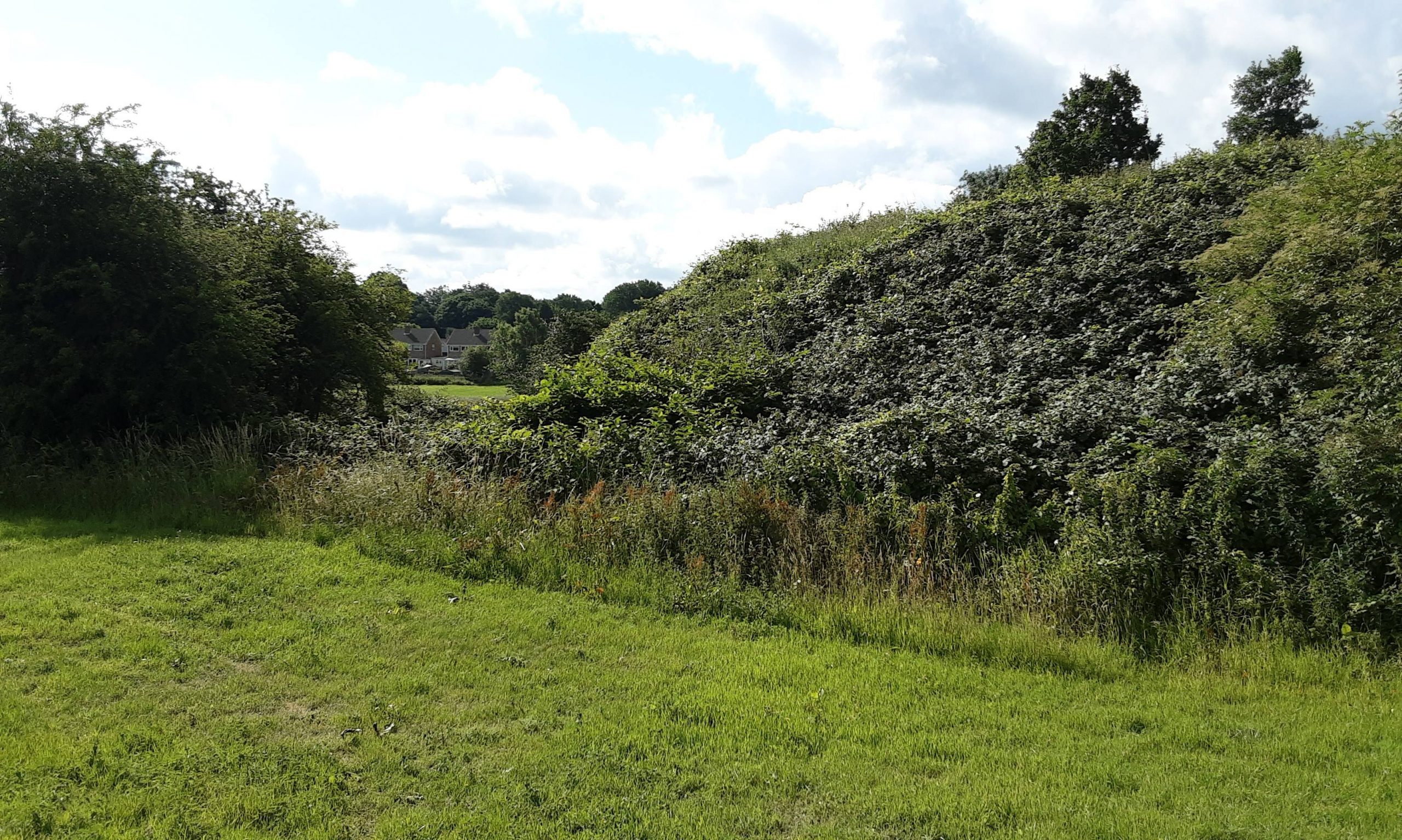Japanese knotweed was introduced to the UK in 1850 by Philip von Siebold as an ornamental plant for commercial sale and botanical cultivation, before spreading widely across the country. He took it to London’s Kew Gardens where it became a popular plant the public could buy. What happened next changed the landscape of large parts of the UK.
a uk wide problem
This ornamental plant rapidly became the invasive nuisance it is today because its invasive growth pattern was not known at the time. Gardeners bought knotweed for its rapid growth and distinctive foliage – in fact ‘knotweed green’ is a recognised colour. When these pretty ornamental plants started to take over the garden, people started digging it up and throwing it away (into the surrounding countryside) where it quickly established in the wild (as seen in the picture below).

is knotweed a problem for you?
The consequences are still being dealt with – knotweed hotspots have been established up and down the UK, most notably in expanding towns and cities where major construction and development takes place. So how did it get to be in your garden? Well, it most likely came from neighbouring land where the infestation has been left uncontrolled. Annoyingly some property sellers fail to declare the presence of knotweed, and some are simply unaware it’s there! Either way – this is what you could be facing…

We now know a lot about how knotweed grows and spreads as well as the environmental impact it has on homeowners, landowners, commercial businesses and local authorities. Any company responsible for the maintenance of property or land is at risk of problems from residents and environmental agencies if knotweed is not controlled or worse – it is allowed to spread (encroach) onto neighbouring land.
Now you know how it came to the UK and the impact it’s had, you want to know if you have knotweed or how to get rid of knotweed. Contact with the team who will identify any suspect plant and give you expert advice and talk to you about options for control or removal.


